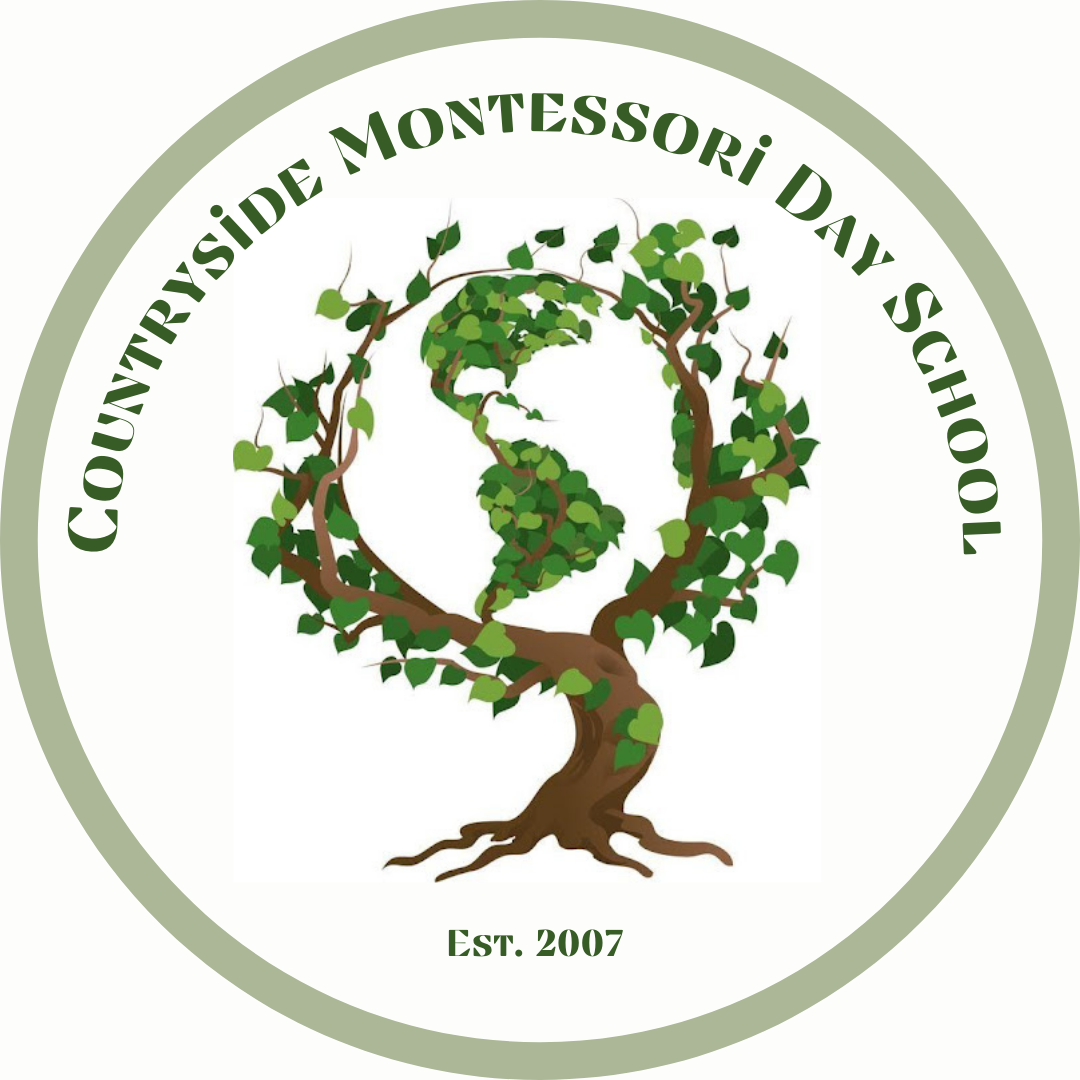
Infant Education
"Little children, from the moment they are weaned, are making their way towards independence." - Maria Montessori
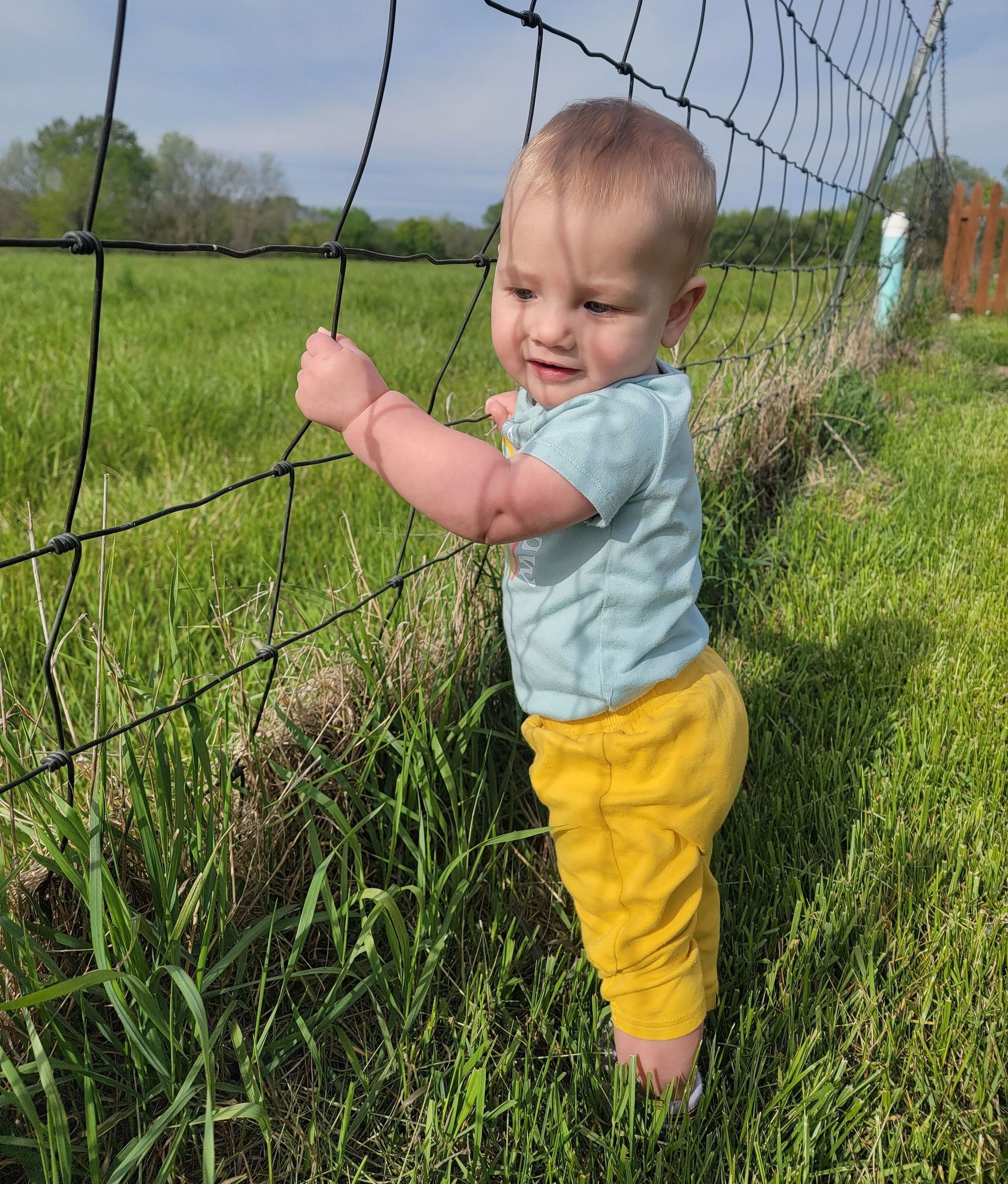
Infant Daily Flow
Unlike our other classrooms the infants each follow their own schedules. Whatever you are following at home is what we will continue at school. Once students got ready to move up to our Toddler Classroom (1 Year Olds) our Infant teacher would reach out to start getting students schedules shifted to the Toddler classrooms routine.
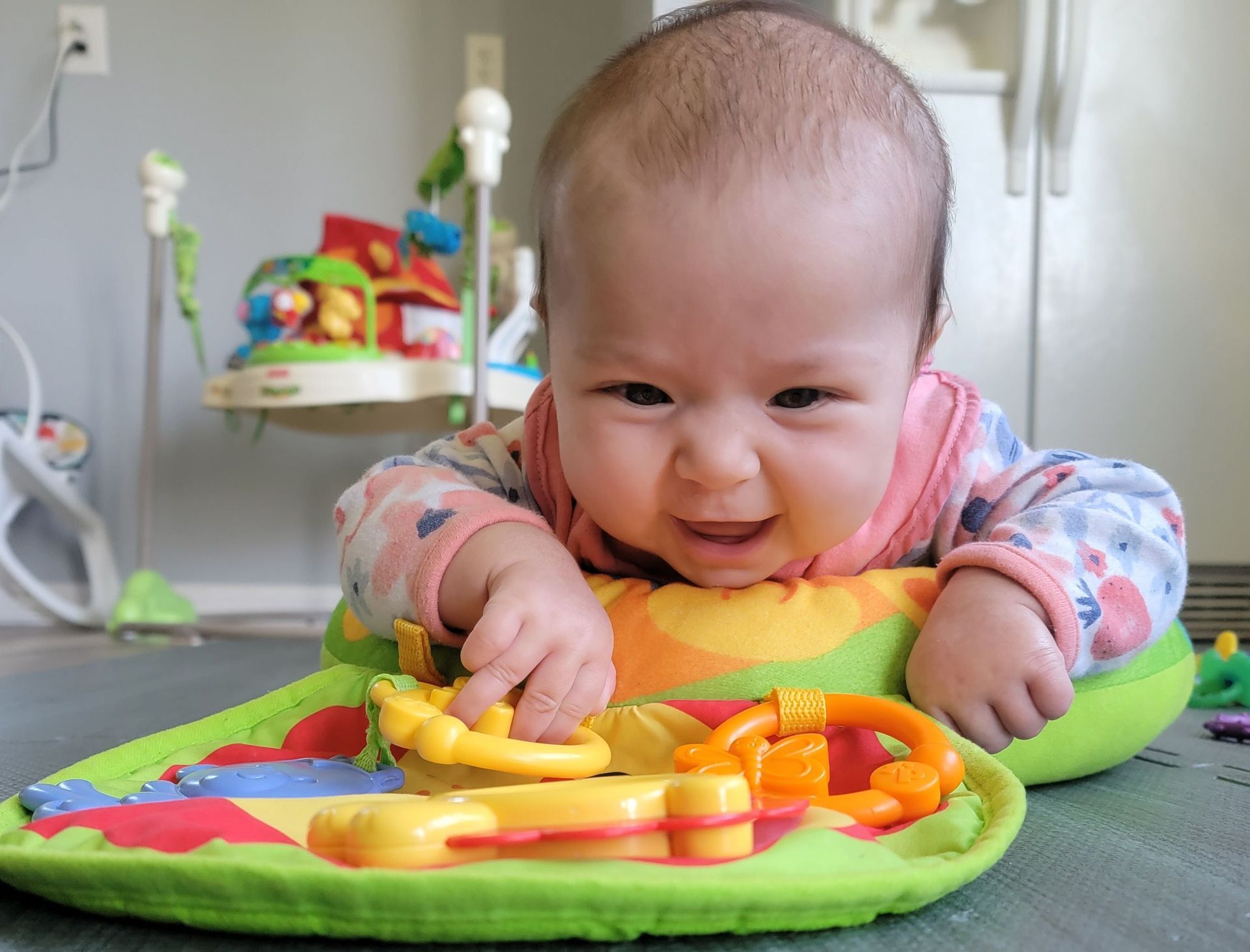
Infant Classroom Curriculum
The trick for a successful infant classroom is to create just the right balance of challenge and support. This is what creates the magic seen in Montessori classrooms. Children are fully engaged and wholly absorbed by their work. This is because they have just the right work.
The work of the infant consists of basic fine and gross motor skills. These skills serve as the building blocks for a limitless future. One task is to synchronize the movements of the eye and the hand. The other task is to slowly but surely gain control of the body. A newborn who cannot even lift her own head becomes a young toddler walking boldly and independently towards her desired destination.
Our youngest of students begin with observing simple black and white designs, as newborns are attracted to high contrast. They also work on tummy time, which is an essential part of a young infant’s awake time. We try to entice them to lift their heads by providing a horizontal mirror or high contrast images at eye level.
A three to six-month-old’s primary work includes grasping objects and sitting independently. Babies at this age will begin to reach towards objects, and may be consumed with this activity, continuing to try even as they fail many times. Us resist the urge to help, and letting them master this on their own, allows for them to accomplish one of their first achievements independently, along with pulling up and rolling over.
A baby who can sit up independently begins to work on a variety of new skills. They may begin to pass objects from one hand to the other. They are also discovering cause and effect. At this stage, something special happens. For the first time, gross motor and cognitive processing merge. Baby decides to move to a location and tries to do so. This is how they learn to crawl or scoot.
Montessori for infants calls for providing mid-aged infants with rattles for passing hand to hand. Shaking them or banging them also helps with the discovery of cause and effect. We try to encourage crawling by placing desired objects slightly out of their reach and increasing the distance the more confident they become with their bodies.
During the final months of the first year, babies’ primary work is pulling up, standing, and finally walking. This is a critical stage in Montessori for infants. A pullup bar at baby’s level and a wagon to hold and push are provided to support baby’s intense focus on trying to walk.
Every child will pass through the stages of development at their own pace within Montessori for infants. It is very important for adults to remember what their role is and what it is not. We need to provide opportunities and accessibility to each new phase. The rest is up to the child. They WILL develop, and it is best for them to do so in their own time.
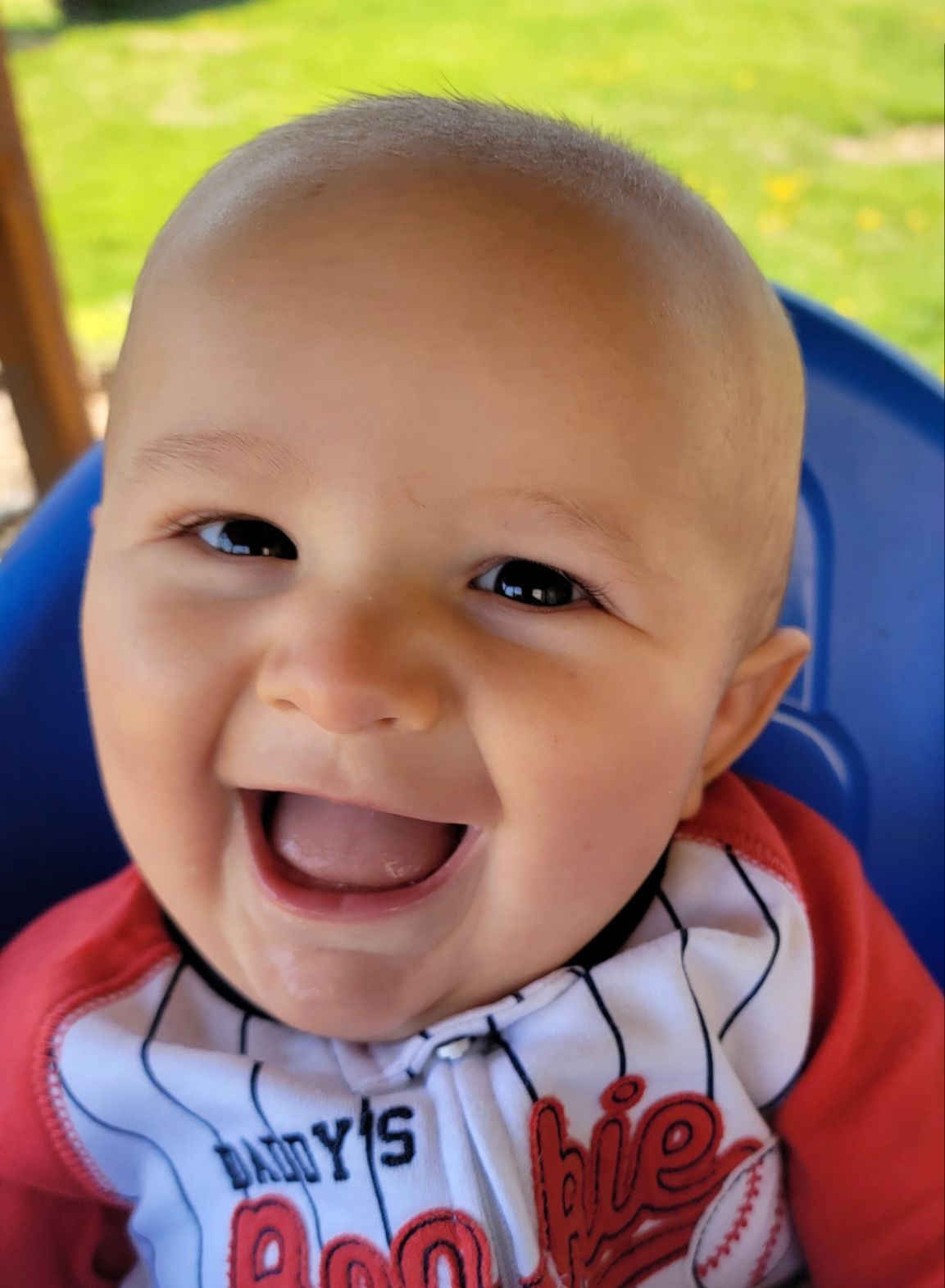
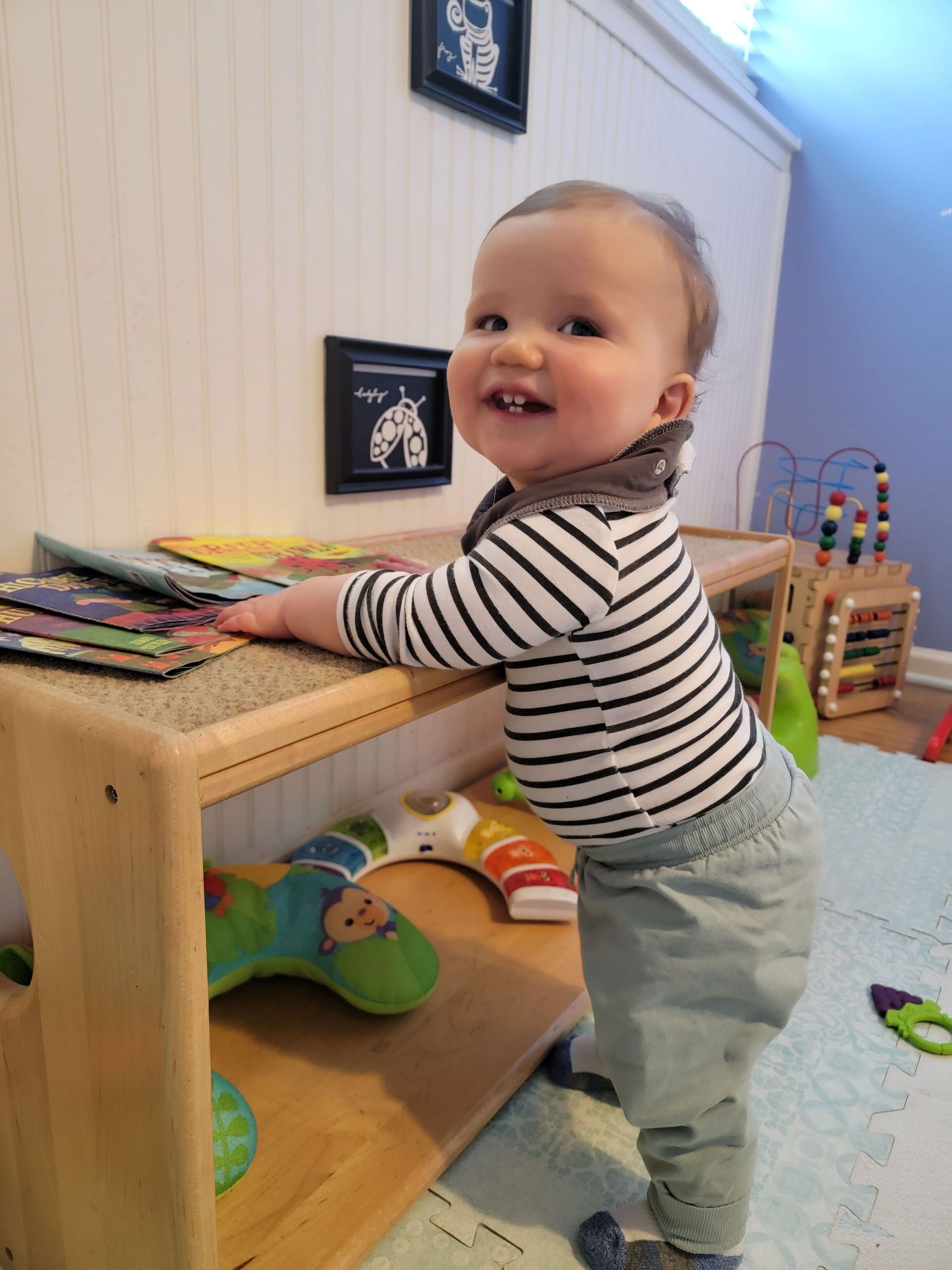
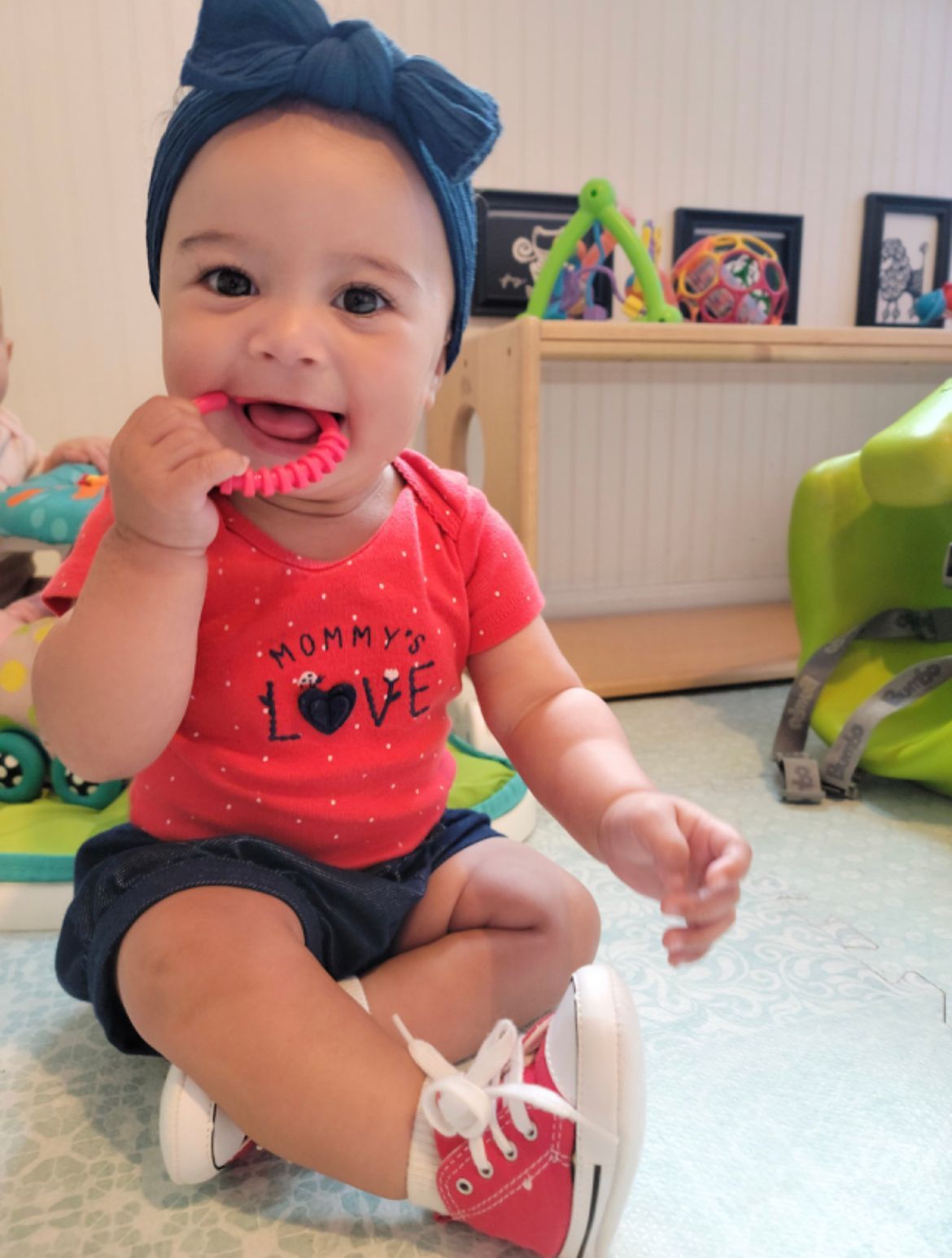
Not a Daycare, Not a Public School, But a Different Type of Learning.
